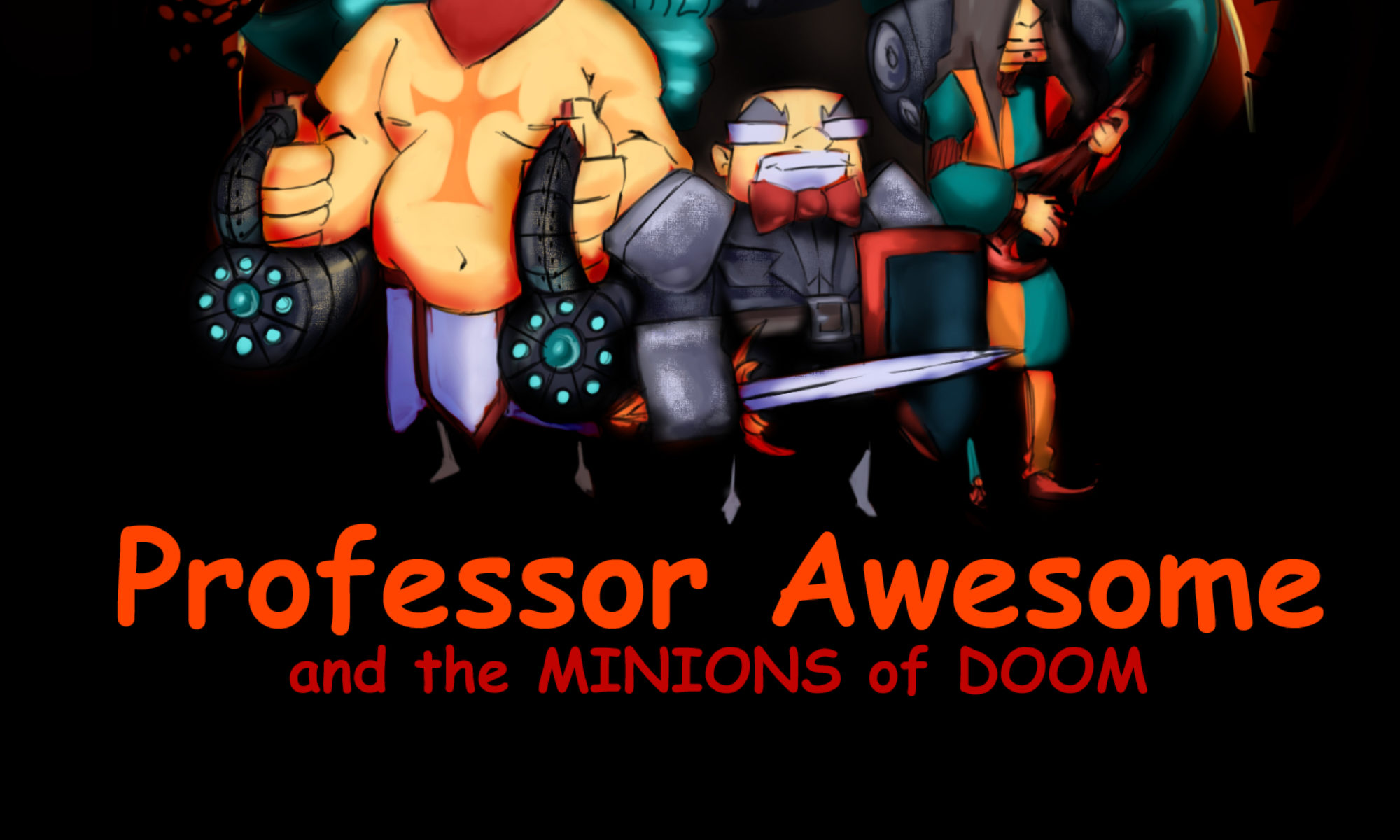Interested in a medieval werewolf tale? Check out this PDF of “Bisclavret” by Marie de France. It’s less than ten pages long, so go ahead and read it — spoilers below the image.

(By the way, that image is from British Library, Royal MS 12 F. xiii, Folio 29r, for those who are interested)
One of the really cool things about “Bisclavret” is that Marie de France doesn’t back away from the idea that werewolves are vicious creatures. She tells us that they are savage, that they eat men, and they wreak evil. She doesn’t make the claim that they are falsely maligned, or misunderstood — she depicts them as monstrous.
And then there’s the wife. At the beginning, she seems really to love her husband. Again, Marie doesn’t set up the tale so that the wife was always treacherous, or that she never really loved the Bisclavret. Her questions about his frequent disappearances aren’t at all unreasonable. Later, when she gets the rival knight to do her bidding, Marie gives us a little aside to assure us that not only had she never loved the rival knight, but she had never even encouraged his advances; the wife had been completely faithful to her husband up until that point.
So the turn for her comes when she learns the truth, and her reaction is described as “terror.” Given how Marie has just described werewolves as savage man-eaters, terror seems a pretty reasonable response.
By the time we get to the end of the story, though, the usual medieval romance is turned on its head. The adulterous lovers are punished (adulterous love is commonly depicted as awesome in medieval romances and other lais of Marie de France), the knight and wife are tortured, and the wife not only gets her nose bitten off by her werewolf first husband, but her children are cursed with noselessness (no information on whether Tom Riddle is a descendant). The werewolf, on the other hand, is honored and gets back more than he ever had before.
In the end, this is a story about loyalty. The Bisclavret takes himself out to the woods to protect his family. He remains loyal to his king even when he is basically a savage animal. And in return, he receives the loyalty of everyone else, to such a degree that they defend the wolf when he mauls two people.
So be loyal, and return loyalty to those who are loyal to you. And this Halloween, if you discover your spouse is a savage monster, just chalk it up to one of those little things you learn about a person through years of marriage, and be grateful that you still have a nose.
(The featured image is from British Library, Royal MS 13 B viii, and depicts husband and wife werewolves)



